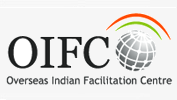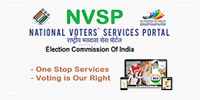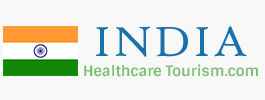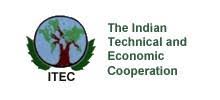The Indian community in Victoria accounts for about 40% of Indian Diaspora in Australia. There are 84 registered Indian associations/ organizations in Victoria. The prominent among these are – Federation of Indian Associations of Victoria (FIAV), Australia India Society of Victoria (AISV), Celebrate India, Australian Indian Innovations Inc. (AIII) and Federation of Indian Music & Dance Victoria (FIMDV), apart from various region-based, language-based, religion-based, alumni-based and dance music & cultural and not-for-profit organizations. There are several Indian organizations whose umbrella organization Federation of Indian Associations of Victoria (FIAV) is prominent and active in extending support to women seeking help in family violence cases among other activities. There are other organizations of persons of Indian origin which are based on professional activities and business.
Indian community celebrates all major Indian festivals, including Diwali, Navaratri, Durga puja, Ganesh Chaturti, Ugadhi, Onam, Holi. There are eight Hindu temples and six Gurdwaras in Victoria. Victoria School of Language runs eight centre of Hindi and Punjabi learning in Victoria State. There are a number of Indian dance and music centers in Melbourne, which also organize annual cultural events promoting Indian art and culture.
Indian community in Victoria is estimated at over 200,000 and growing. Students from India are pursuing undergraduate /post-graduate studies, research and special courses at all leading universities, including University of Melbourne, Monash University, RMIT University, La Trobe University, Swinburne University Victoria University and Deakin University. Indian students are also undertaking courses at different vocational training institutes and colleges in a range of areas, including accountancy, finance, community service, child care and aged care, etc.
The number of immigrants in Tasmania from India remained small until the middle of the 20th century when the aftermath of the Second World War and India’s Independence resulted in a spate of immigration of non-ethnic India –born British and Anglo –Indians. Since 1966, the relaxation of racially based immigration policies in favour of educational and professional qualifications and the English language opened the doors for many professional ethnic Indians as well as migrants of ethnic Indian background from many countries outside India, like Fiji, Singapore, Malaysia, Sri Lanka, Uganda, Kenya, Tanzania, South Africa and Britain. According to the 2011 census Indians by ancestry are 2062 and persons by country of birth are 1468 in number.
Indians of various religious persuasions together formed, in 1972, a non – religious association, Indian Cultural Society Tasmania Inc. (ICS-TAS) which was structurally revamped in 1989 and now has Bharat Bhawan as its headquarters accommodating an Indian Cultural and Community Welfare Centre. The ICS-TAS managed to get waived a part of the loan for building of Bharat Bhawan through the efforts of Ms. Lisa Singh, a Member of Parliament and an Indian of Fijian descent. The ICS-TAS is also a member of the Multicultural Council of Tasmania.
Compared to migrants from other Asian countries, the India-born migrants have remained a distinctive group, forming the largest proportion of ‘skilled migrants’ rather than ‘family migrants’. Unlike the 19th century settlers, later migrants are a highly urbanized group, occupying one of the highest levels of educational training and qualifications of any group in Australia. With 59 percent possessing educational or trade qualifications, Indian settlers held a much higher proportion than the Australian average of 39 percent.
….










